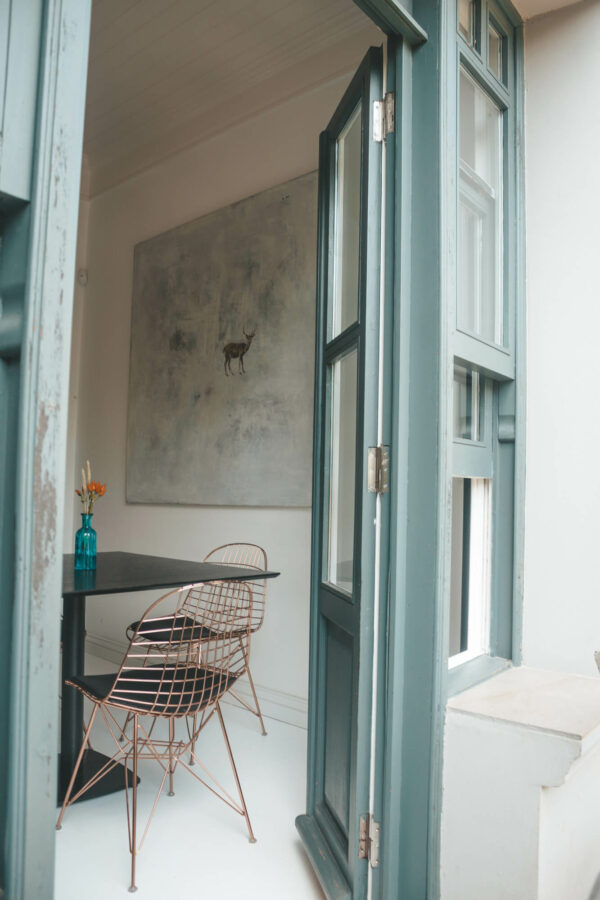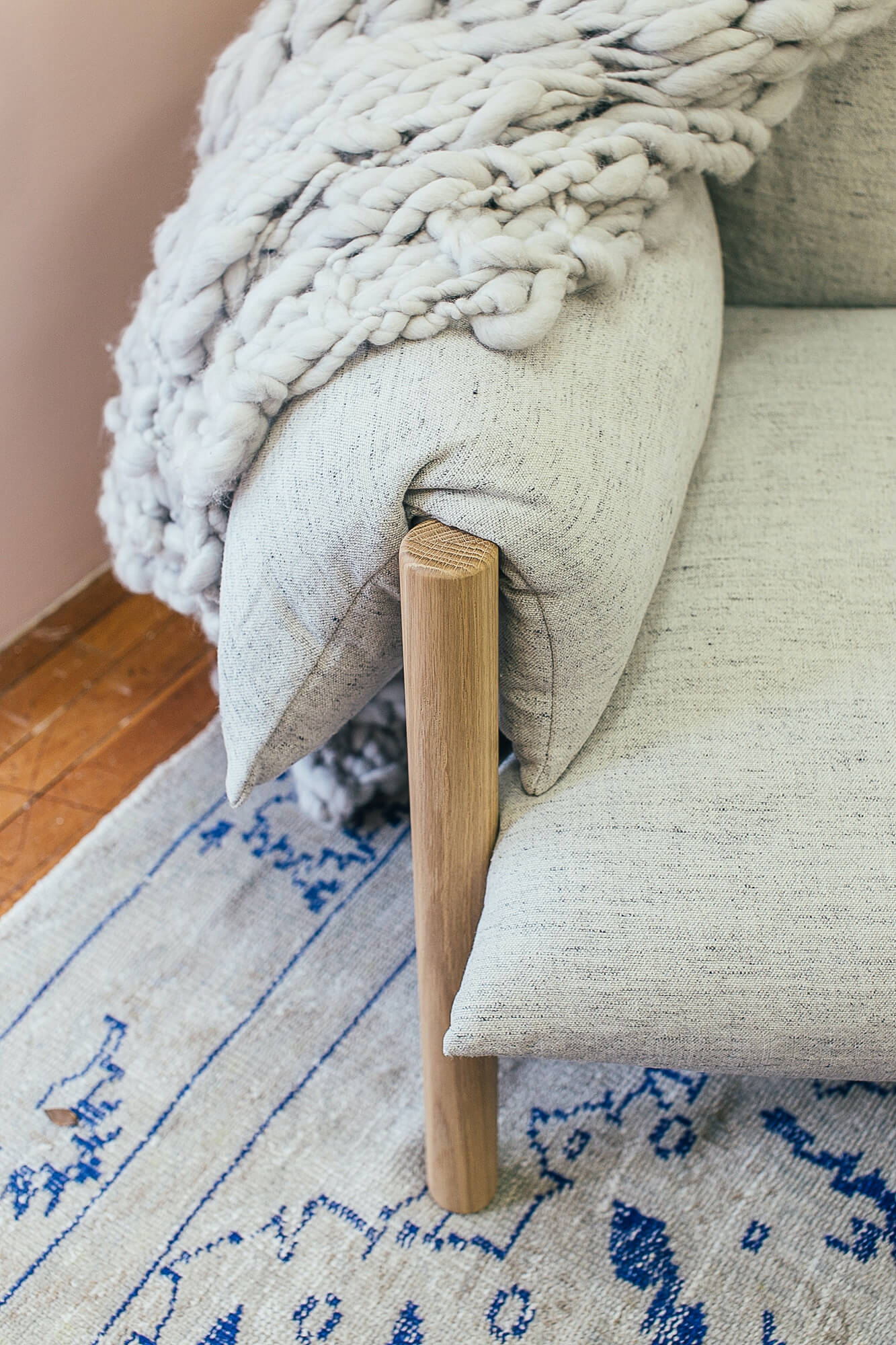Easy DIY wood repairs you can do at home with minimal skills and materials.
These three wood repairs require no expertise and use materials you probably already have.
Sticking doors
The close fit between your timber door and frame is why wood has a natural advantage when it comes to insulation, but they can sometimes stick.
- Check the hinges first, they might just need a little petroleum jelly to get them moving smoothly. If they’re loose, tighten them with a screwdriver.
- If everything was fine until weeks of rain, you can often manage the swollen wood by rubbing cheap soap along the edges of your door, which will help lubricate it till the weather clears.
If your timber doors are jamming frequently, there’s probably not enough space between the door and the frame at one or more points. To find out where it’s sticking, close the door then take a business card and run it between the door and frame on all four sides. Mark any spots where you can’t move the card through lightly with a pencil.
- If there’s just a reachable spot or two, sand them back with 80 grit sandpaper until the door moves smoothly. Sand back a little bit more, because you’ll be adding a layer of coating. Smooth it with some 180-220 grit paper then recoat or repaint the bare wood.
If it’s a more complicated job, you might need to take the door off and use a plane. Check out online tutorials to see if it’s a job you can handle, otherwise call in a handyperson.

Wobbly legs
Timber furniture should last a lifetime with a bit of care, but legs on chairs and tables can loosen over time. It’s surprisingly easy to glue these joints back together – as soon as they start to move or squeak is the best time – but the prep is a bit more stressful. You’ll need to hit YouTube for some guidance for the disassembly and assembly bits, but the short version is:
- Take the furniture apart.
- Clean off the old glue.
- Put on the new glue (usually woodworker’s PVA).
- Put the furniture back together the right way round and clamp everything firmly till it dries.
It takes a bit of time and labelling the parts but keeps your furniture with you and out of landfill for many years.
Check your deck
Keep your deck looking great and ready for use.
- Give it a sweep every week and make sure you don’t let water pool on the wood.
- Every six months, clear your deck off and inspect for loose fasteners, peeling or worn away coating, cracks, damage or rot.
- Drive loose screws or protruding nails beneath the deck surface.
Give it a serious clean:
- You can use an alkaline deck cleaner or make up a solution of sodium percarbonate (Napisan type products have this as their major ingredient: two scoops per bucket of hot water works well).
- Lightly mop it over the deck, let sit for 15-20 minutes (or the time on the label),
- scrub with a decking brush following the grain of the boards then hose off.
If you’ve spotted any damage, let the deck dry thoroughly before fixing it. A lot of the time a good sand will solve your problems, but you may need a handyperson to replace any rotted or badly cracked boards.
If you’ve sanded or the cleaning water sinks into the boards, you need to recoat your deck. All the major oil and sealer suppliers have easy to follow step-by-steps on their websites. It takes time, but the most difficult part is keeping the pets off the timber while it dries!
Wax on, wax off
Restore the shine and help protect your wooden furniture with wax polish. Brands containing beeswax give a natural glow and those with carnauba wax added have a longer-lasting finish.
Clean your furniture with a damp lint-free cloth (an old shirt or sheet is perfect), then scoop up a 20c-piece sized dollop of wax and start rubbing onto your furniture using a gentle circular motion, adding more wax as needed. Start at one corner and work to the opposite one until the whole surface is evenly covered. Leave to dry until it’s no longer sticky, usually about 30 minutes.
Buff using a soft lint-free cloth (eg an old T-shirt) and a more vigorous circular motion. You’re not trying to remove all the wax, just polishing it to a shine.
Depending on how much wax the timber soaks up, you may need to repeat this once or twice; leave four or more hours in between coats.
Repeat once a year, or more often if your furniture gets a lot of wear.
Interested in learning more about wood repairs? We have the information you need to get started.
